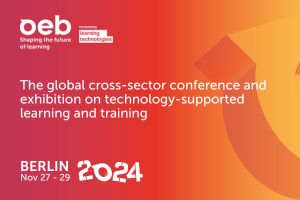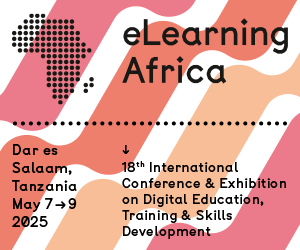Launch of a New User-Oriented Platform
Brussels (BE), May 2011 - elearningeuropa.info, the European reference portal on education and technology, has launched its new platform. It is designed and built to be user centered and contains participatory tools to communicate, share, and discuss.
The new platform from the elearningeuropa.info team is the result of a year's work of careful planning and design. It displays a clear focus on developing the technological solution most suited to user requests and facilitating a better flow of ideas and interaction.
The European Commission initiated elearningeuropa.info nine years ago to support the transformation of education through technology. Available in 21 languages, it has now become a key forum for the generation and presentation of ideas.
elearningeuropa.info has more than 35,000 registered users with an average of 16,000 monthly visits. Thanks to this large user base, the portal provides great opportunities for research and exchanges of ideas and information amongst researchers, practitioners, students, and policy makers across Europe. The portal re-launch will also benefit from the use of the latest cutting-edge open-source technology: a new content-management system (CMS) has been deployed based on the award-winning 'Drupal'.
The portal's online journal -œeLearning Papers- will be presenting its new visual identity and structure in the new platform. A leading publication in its field, the journal's five annual issues are guided by an editorial committee chaired by Tapio Koskinen, Head of New Solutions at Aalto University Professional Development.
Some of the new sections the portal has launched are blogs, which offer users the chance to express their opinions and insight, as well as a dedicated TV channel that offers users the possibility to find the most relevant and highest-quality videos about education and technology in one place.
In addition, users will be able to create communities and working groups around themes and topics of interest and use these privileged spaces to display their content to a wider audience. These communities are the ideal space for co-creation and sharing ideas. The first communities are up and running with discussions and insight into language learning and social media, open education, virtual worlds, and gaming.









